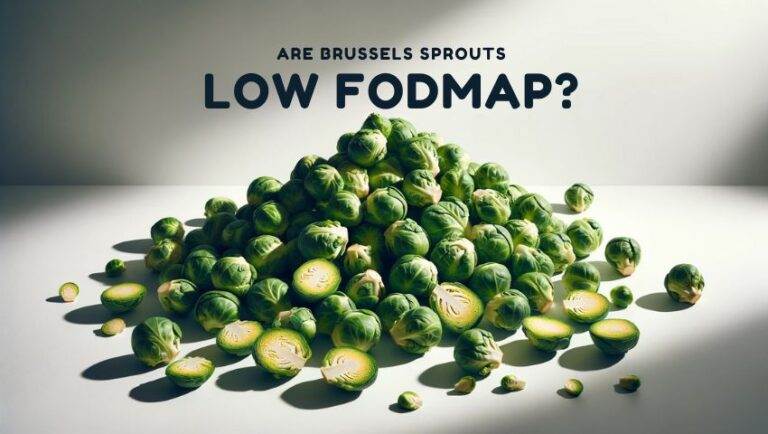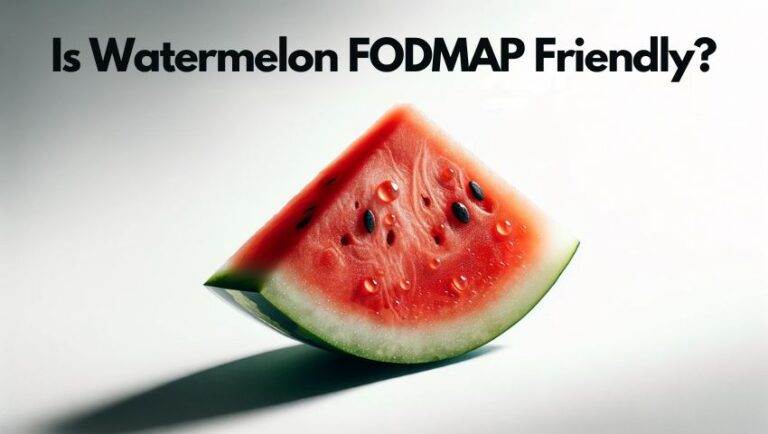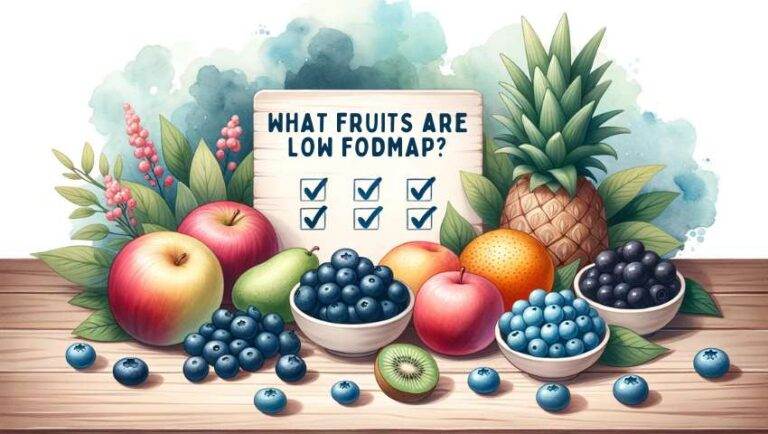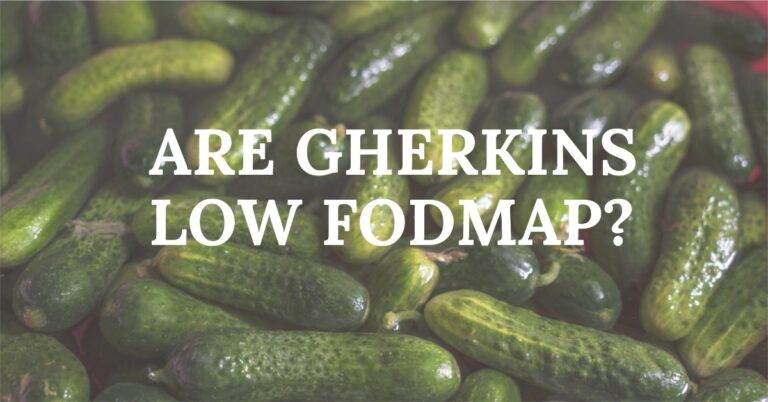What Nuts Are Low FODMAP? – Your Complete Guide
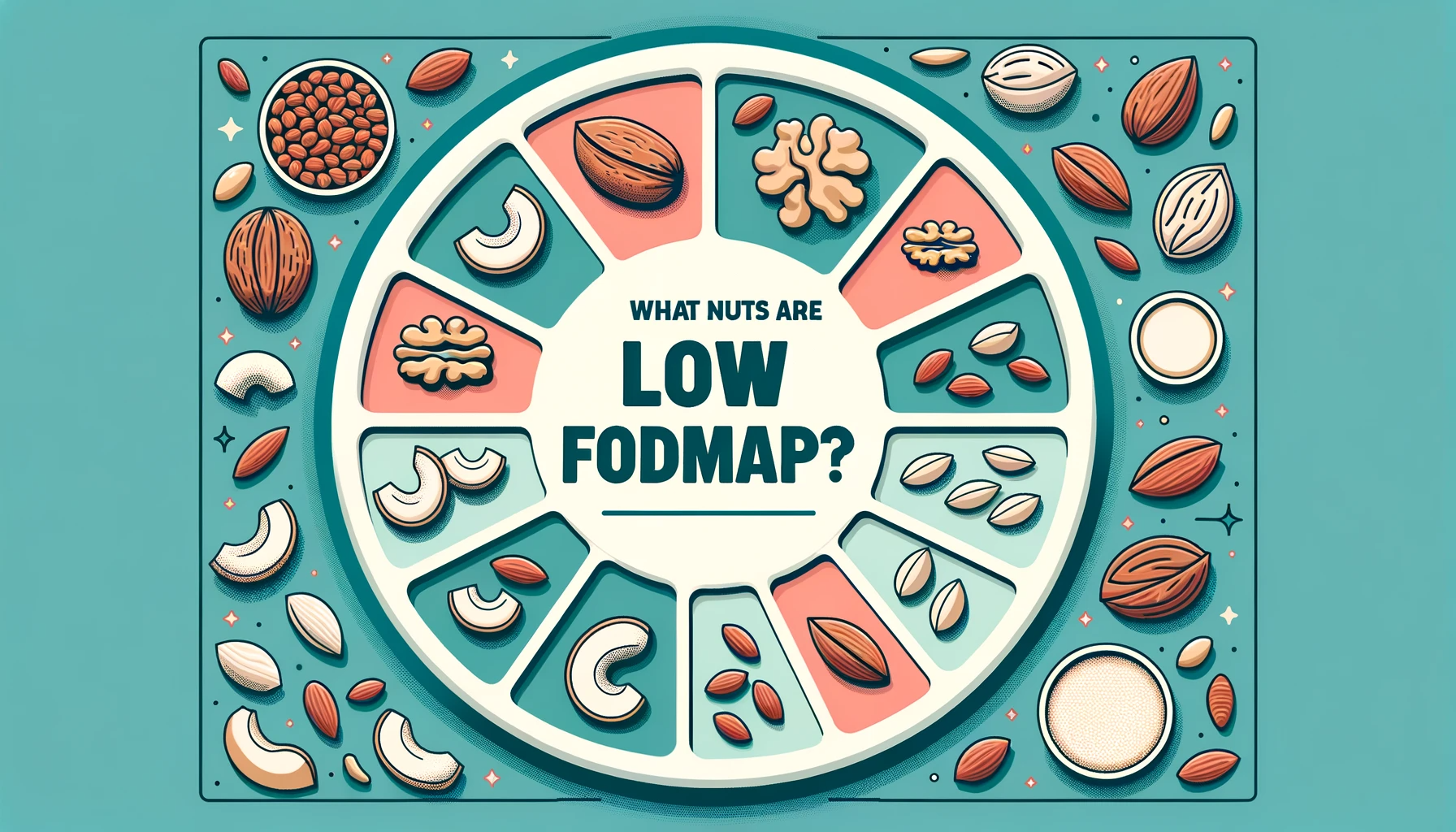
Wondering which nuts to munch on while following a low FODMAP diet?
As an IBS sufferer, that’s something I wondered about for a long time. And if you’ve stumbled on this article, you’re probably in the same boat.
Here’s the lowdown:
Walnuts, peanuts, and Brazil nuts make the safe list, but cashews and pistachios? Not so much.
Read on if you want to learn more about what nuts are low FODMAP.
Key Takeaways:
- Most nuts like walnuts, peanuts, and Brazil nuts are low FODMAP.
- Cashews and pistachios are high-FODMAP nuts.
- Be cautious of serving sizes to keep IBS symptoms at bay.
- Always read ingredient labels for potential high FODMAP additives.
- Insoluble fiber in nuts can aggravate IBS.
Not All Nuts Are Created Equal
You’re probably aware that a low FODMAP diet can be a life-saver when you’re dealing with IBS symptoms. Ever wonder what the big fuss is about?
FODMAPs are types of carbohydrates that can wreak havoc in the gut. So, let’s get nutty! Or, should I say, selectively nutty?
Take walnuts and peanuts. These heroes are your go-to when it comes to low FODMAP nuts. A couple here and there, and you’re doing your body good without any belly drama.
On the flip side, cashews and pistachios are like that friend you love but can’t be around too often. Yep, they’re high in FODMAPs.
In fact, if you’re puzzled about why you’re not feeling your best, check out your diet. It could be something you’re eating.
The Best IBS Supplements Explored
Tired of dealing with IBS? Find your solution in my guide to the best IBS supplements. Empower yourself with knowledge and take control of your health today!
Size Matters: Serving Size, That Is
Now, you’re not gonna take a bag of Brazil nuts and go to town, right? Serving size is where the real game is. Even with low FODMAP nuts like Brazil or pecan, moderation is key.
Monash University recommends sticking to small servings. Think 10 nuts or less.
Brazil nuts are known for their high levels of selenium. But get this: the recommended serving size for Brazil nuts is 10. Any more, and you might as well wave a red flag at your gut.
What about macadamia? The recommended serving size of these delicious nuts is 20 or less.
And here’s a pro-tip: When in doubt, consult the Monash University FODMAP app. They’ve got the lowdown on FODMAP content in foods.
Blend it or Spread it: Let’s Talk Nut Butter
Nut butter is a pantry staple, but before you slather it on your gluten-free bread, let’s scrutinize that jar. What nuts contain could either set you on the path of comfort or lead you down the road to an IBS flare-up.
Peanut butter is a safe bet, but again, watch the serving size. And be careful with store-bought versions.
Some might contain high FODMAP ingredients for flavoring. It’s like dating: always read the label to know what you’re getting into.
Remember, nuts are a great source of healthy fats and should be part of a balanced diet, especially if you’re following a low FODMAP diet.
Just be mindful of how you incorporate them into your daily routine.
Navigating the Nut Aisle: Knowing Your FODMAP Content
When it comes to low FODMAP nuts, Monash University is a lifesaver. Their guidelines paint a clear picture. Ever wonder why cashews and pistachios make your belly bloat?
It’s because they’re high in FODMAPs. Contrary to popular belief, not all nuts are low FODMAP, and the serving size matters—a lot.
Are Nuts Really FODMAP Friendly?
Let’s get down to the nitty-gritty. Almonds, for instance, can be both your friend and foe. Pop 10 almonds, and you’re golden.
Grab a handful more, and you’ve just crossed into high FODMAP territory. When you look at the FODMAP content, the Monash guidelines suggest sticking to small serving sizes for a reason!
The Good, the Bad, and the Nutty
Choosing the Right Nut
Finding the right nut for your low FODMAP diet isn’t a simple game of eeny, meeny, miny, moe. While walnuts and pecans have a free pass, beware of the tricky ones.
Cashews and pistachios are high FODMAP foods that you may want to avoid altogether. So, how do you decide?
Well, you’ve got to get cozy with reading labels. Nut mixes may seem convenient, but they can contain high amounts of fructans, especially if onions and garlic are part of the flavor profile.
When you’re on a low FODMAP diet, every ingredient counts. This becomes especially crucial when you’re dealing with something like IBS and onions.
Seeds: The Nut Alternative
If you want to branch out from nuts, try sunflower seeds. They’re an excellent source of healthy fats and also low FODMAP.
Plus, seeds are an alternative for those dealing with nut allergies. Seeds can offer the same health benefits as nuts and be a valuable addition to a healthy IBS self-care routine.
The phase of the low FODMAP diet you’re in can also influence your nut choices.
For example, during the elimination phase, it’s best to stick to nuts that are definitely low FODMAP, like walnuts and pecans.
More than a Snack: Incorporating Nuts into Your Diet
How to Feast on Nuts Without Regret
So you’ve picked your low FODMAP nuts. What next? Go beyond munching them straight from the bag. Crush and sprinkle them over salads, or integrate them into your smoothies.
Looking to rev up breakfast? A handful of walnuts on your gluten-free oatmeal is not only delicious but also adds a good crunch and those much-needed nutrients.
And how about making your own low FODMAP nut butter? Almond and macadamia butters are delicious and can be made right at home.
Nutty Cooking: Mastering the Art
Fear not, cooking with nuts isn’t rocket science. Whether you’re baking a gluten-free, low FODMAP cake or stir-frying veggies, a sprinkle of the right nuts can do wonders.
Imagine the taste of pecan-crusted chicken or macadamia nut cookies! But remember, moderation is key.
Nuts are high calorie, and if you’re watching your weight—especially considering some of us have issues with IBS and weight loss—stick to the serving sizes.
What Nuts Are Low FODMAP? – Final Thoughts
Navigating the world of low FODMAP foods while dealing with conditions like IBS and celiac disease can feel like walking a tightrope.
It’s a balancing act of taste, tolerance, and nutritional benefits. When it comes to nuts, the FODMAP content should be your guiding star.
Serving size, type, and even the way you incorporate them into meals can make a real difference.
Monash University’s guidelines on FODMAPs have shed light on how we can enjoy nuts without regret.
So trust the science, but also listen to your gut—literally. After all, no one knows your body better than you do.
Disclaimer: This content is based on my personal experience as an individual diagnosed with celiac disease and IBS (Irritable Bowel Syndrome) who follows a strict gluten-free diet. This does not constitute medical advice. Please consult a medical professional, nutritionist, or qualified dietitian for personalized, professional advice.


